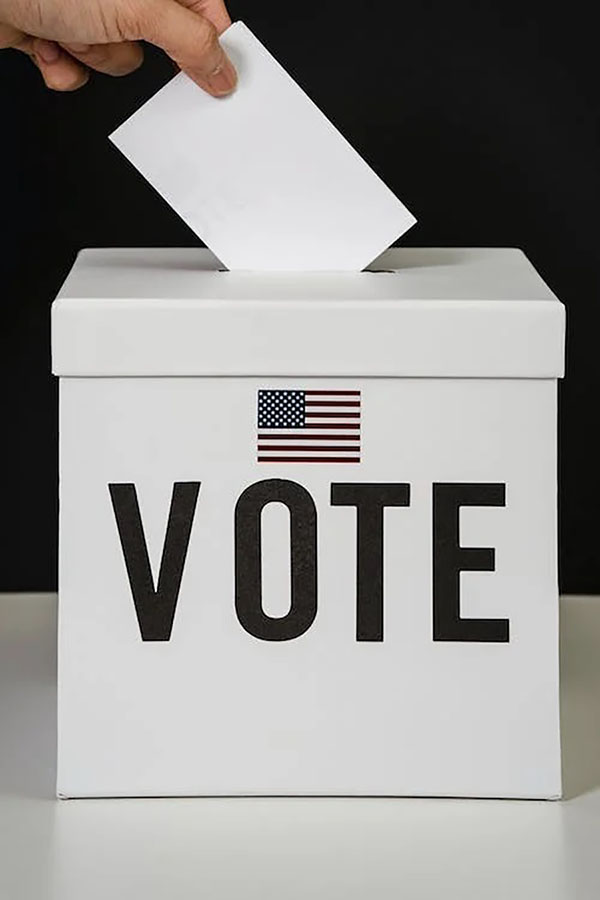Against most predictions, the legislative elections in the United States resulted in the Republican party gaining control of the House of Representatives, by a slight majority, while the Democrats retained control of the Senate. This means that the next two years of President Joseph Biden’s mandate will be under divided government.
Legislative history indicates that this is exceptional. Paul Kane, in The Washington Post (11/20/22), recalled that in the past 64 elections, change in control of the House majority happened only 13 times. But in the last 54 years, presidents have controlled both houses of Congress only during sixteen years.
Opinions differ on the advantages or disadvantages of divided government. For some, it generates paralysis, or gridlock, which can be seen as positive by those who prefer passive governments. However, for others divided government may force both parties to compromise.
What lies behind the split in power may be found in the composition of the electorate, fractured as it is in three thirds. Exit polls indicated that 33 percent of voters identified themselves as Democrats, 36 percent as Republicans, while the rest were independents or unaffiliated, with 49 percent of them favored Democrats and 47 percent Republicans. Therefore, the divided government may be the result of the incapacity of both major parties to attract enough independents to their side.






















